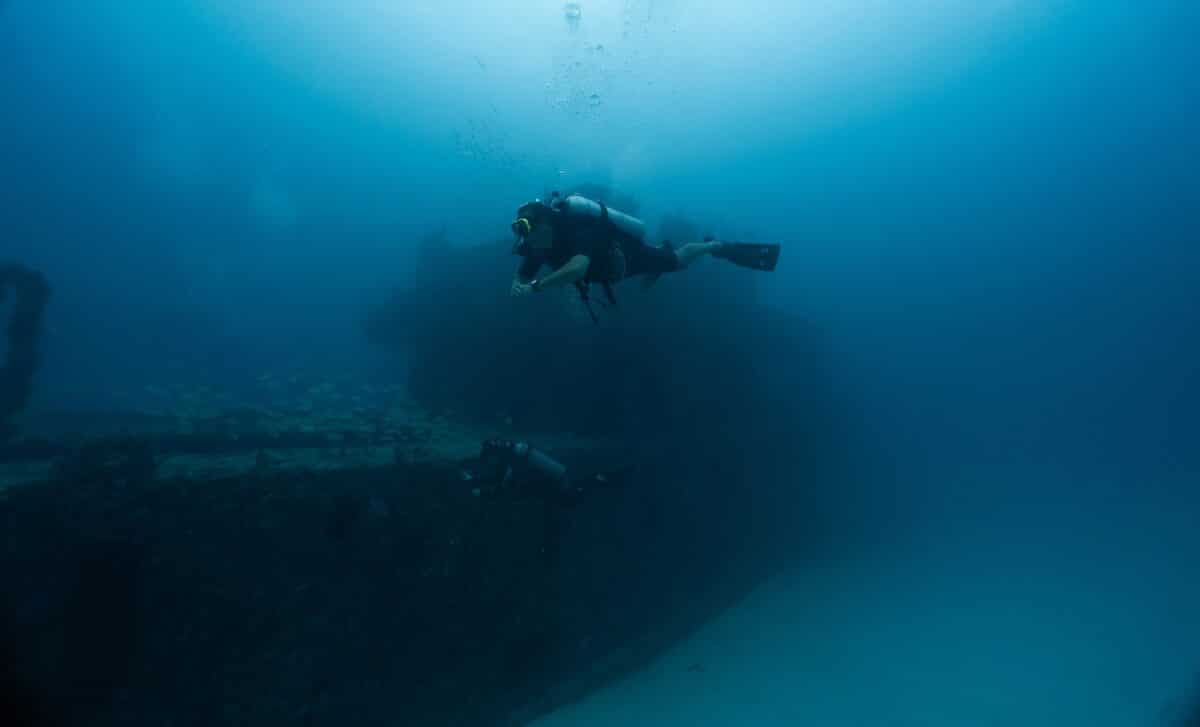After a century lying at the bottom of the ocean, the wreck of the USS F-1 submarine has been rediscovered off the coast of San Diego, California. This remarkable find was made possible by the joint efforts of the Woods Hole Oceanographic Institution (WHOI) and the US Navy. The wreck, remarkably well-preserved despite the century it spent underwater, offers a glimpse into early submarine technology and a tragic chapter of naval history.
The USS F-1, lost in December 1917, was the first submarine of its class in the US Navy. Its discovery not only brings closure to a historical mystery but also highlights the technological advancements in underwater exploration. Using state-of-the-art submersible vehicles and drones, researchers have succeeded where past efforts failed, marking a significant milestone in the study of submerged wrecks, reports Armées.
The Missile That Could Break the Balance: Russia’s RS-26 Alarms the West
The Role of Advanced Technology in Locating the USS F-1
The rediscovery of the USS F-1 would not have been possible without the use of cutting-edge technology. According to reports, researchers utilized underwater drones, a manned submersible vehicle (HOV), and an autonomous underwater vehicle (AUV) to locate the wreck.
These tools were launched from the research vessel Atlantis, which belongs to WHOI. Within hours of starting their search, the team successfully located the wreck, proving the efficiency of modern oceanographic exploration tools in uncovering long-lost maritime artifacts.
The wreck lies over 396 meters below the surface, a depth that made previous attempts at locating the submarine unsuccessful. Despite this, the condition of the wreck is described as “remarkably intact,” providing researchers with a rare opportunity to study the submarine in its original state.
A Tragic Incident in 1917
The fate of the USS F-1 was sealed on the night of December 17, 1917, when it collided with another US submarine, the USS F-3, during a training exercise. The collision occurred in poor visibility conditions, which, according to the US Navy’s investigation, were compounded by technical difficulties faced by the crews. The tragic accident resulted in the loss of 19 lives aboard the USS F-1, with only three crew members being rescued by the USS F-3.
This incident serves as a sobering reminder of the dangers faced by early submarine crews, who had to contend with mechanical failures, limited visibility, and unrefined technology. It also underscores the vulnerability of the first-generation submarines, which often lacked the safety features that would later become standard in naval engineering.
The USS F-1’s Legacy: From Tragedy to Technological Advancements
The discovery of the USS F-1 is not just an archaeological find; it also offers valuable insight into the technological progress made in submarine design and operation. Launched in 1912, the USS F-1 was the first of its class, designed by the Electric Boat Company. Powered by both gasoline and electric engines, it was a significant leap forward for its time, despite its hazardous engine configuration that posed constant fire risks.
Today, the site of the USS F-1 wreck is recognized as a national monument. The submarine’s preservation serves as a testament to the challenges of early naval technology and a reminder of the sacrifices made by those who served. Over the years, the lessons learned from the USS F-1’s tragic fate have informed the design of modern submarines, contributing to improvements in both safety and reliability.








